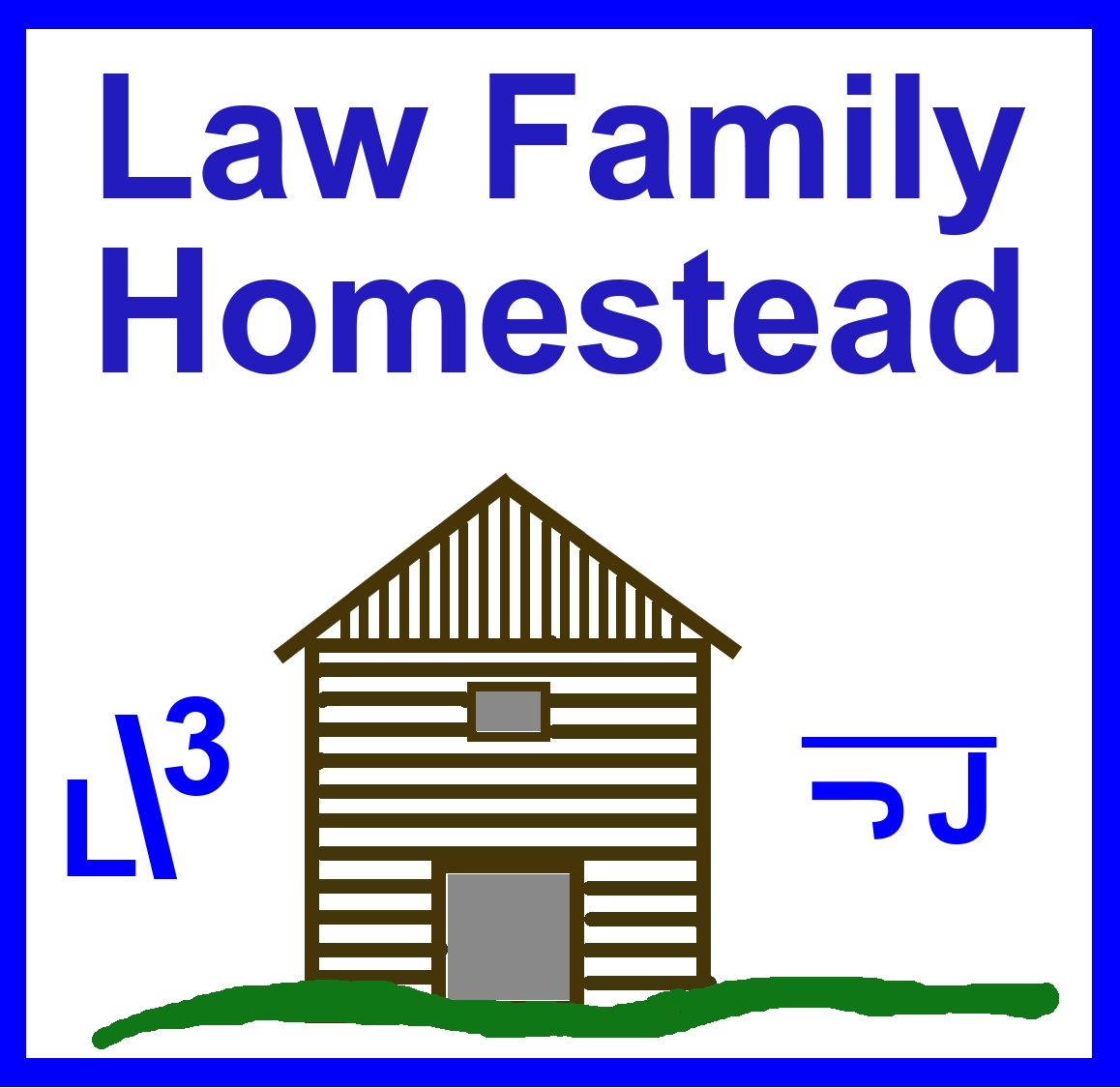Chapter 4 - Microbes vs. Milieu
The story continues in chapter 4 with a contrast between two opposing positions with roots springing from the 19th Century. One belief system maintained that germs cause illness, and that a sterile environment was the solution to avoiding illness. The second belief system held that illness is caused by a failure of the immune system to cope with infectious agents, and focused mainly on using nutrient dense foods to build a powerful immunity against an illness.
Claude Bernard was born in 1813 and became a professor of physiology who coined the word "milieu interiuer" a reference to the internal environment a person brings to the battleground of infectious disease. This environment creates resistance, inner strength, and, for some, complete immunity. A balanced equilibrium in a healthy body was not easily upset by organisms that caused disease in a less healthy body. Bernard's work continued to reinforce an ancient concept derived from the days of Hippocrates in which the cause of disease ultimately lay in the life and personal habits of the individual. When the body is sick, it can cure itself if it is provided the right conditions.
Louis Pasteur, born in 1822, became a chemist and bacteriologist. He is remembered for his germ theory and successfully creating a vaccine against rabies. Pasteur found that by heat treating milk, later called pasteurization, milk remained un-fermented for a longer period of time. His understanding of disease diminished the individual's power in the prevention of disease and shifted the burden of its prevention into the hands of medical professionals.
Years later, another American physiologist named Walter Bradford Cannon described Claude Bernard's work in his book "The Wisdom of the Body." He held to a similar view that microbes are not the primary cause of infectious disease, and coined the term "homeostasis."
Today validation of Claude Bernard's internal terrain theory has found practical application in the use of probiotics which crowd out disease causing organisms to treat digestive disorders and infections in nasal cavities, the bladder, or on wounds. Probiotics may reverse a condition called dysbiosis (microbial imbalance) caused by antibiotics or over-consumption of certain foods, such as refined carbohydrates.
As health officials struggled with how to solve "the milk problem" in large cities supplied mainly by distillary dairy milk at the dawn of the 20th Century, two different movements gained traction towards a solution to this problem.
Chapter 5 - The Milk Problem, circa 1900, Certify or Pasteurize?
This chapter details the two different milk reform movements which worked side by side for several decades to reduce disease within the large cities in America. Dr. Coit and several other physicians formed the Essex County Medical Milk Commission in 1893. The Commission contracted with dairymen to produce "milk designed for the most exacting needs of physicians." The Committee stipulated, in their contract, how the milk would be produced, inspected, and certified. This became known as the certified milk movement. Other cities formed milk commissions, and in 1906 the Medical Milk Commissions became federated into the American Association of Medical Milk Commissions. The certified milk movement raised the standards for the entire dairy industry and became a model for the better production of milk nationally.
The second movement was headed up by Nathan Straus who dedicated 30 years to furthering the pasteurization of milk in New York and other cities in America and Europe. Straus created the first of his "milk depots" which distributed low-priced pasteurized milk in 1893. At that time, most recognized that certified raw milk was safe and healthy. Certified milk, however, was expensive to produce, selling for two to four times the price of ordinary milk. For the time being the lower priced pasteurized milk, (which did not reflect the input costs of the pasteurization plant and distribution machinery borne by Straus himself), was a faster temporary solution to providing the inhabitants of New York City with safe milk to drink. Straus himself said, "If it were possible to secure pure, fresh milk direct from absolutely healthy cows there would be no necessity for pasteurization. If it were possible by legislation to obtain a milk supply from clean stables after a careful process of milking, to have transportation to the city in perfectly clean and closed vessels, then pasteurization would be unnecessary." Surgeon General Walter Wyman remarked "Pasteurization is forced upon us by present conditions."
Today Straus' conditions for obtaining pure healthy milk have been met. First, in the 1920s the closed system milking machine was developed, eliminating potential contamination of milk from sick workers or a dirty environment. Over the years state regulated TB tests have nearly eliminated TB in cattle. Today conditions do exist to safely produce raw milk from healthy cows.
Chapter w 6ill cover the history of raw milk used as medicine entitled: The History of the Milk Cure.
(To Be Continued)

